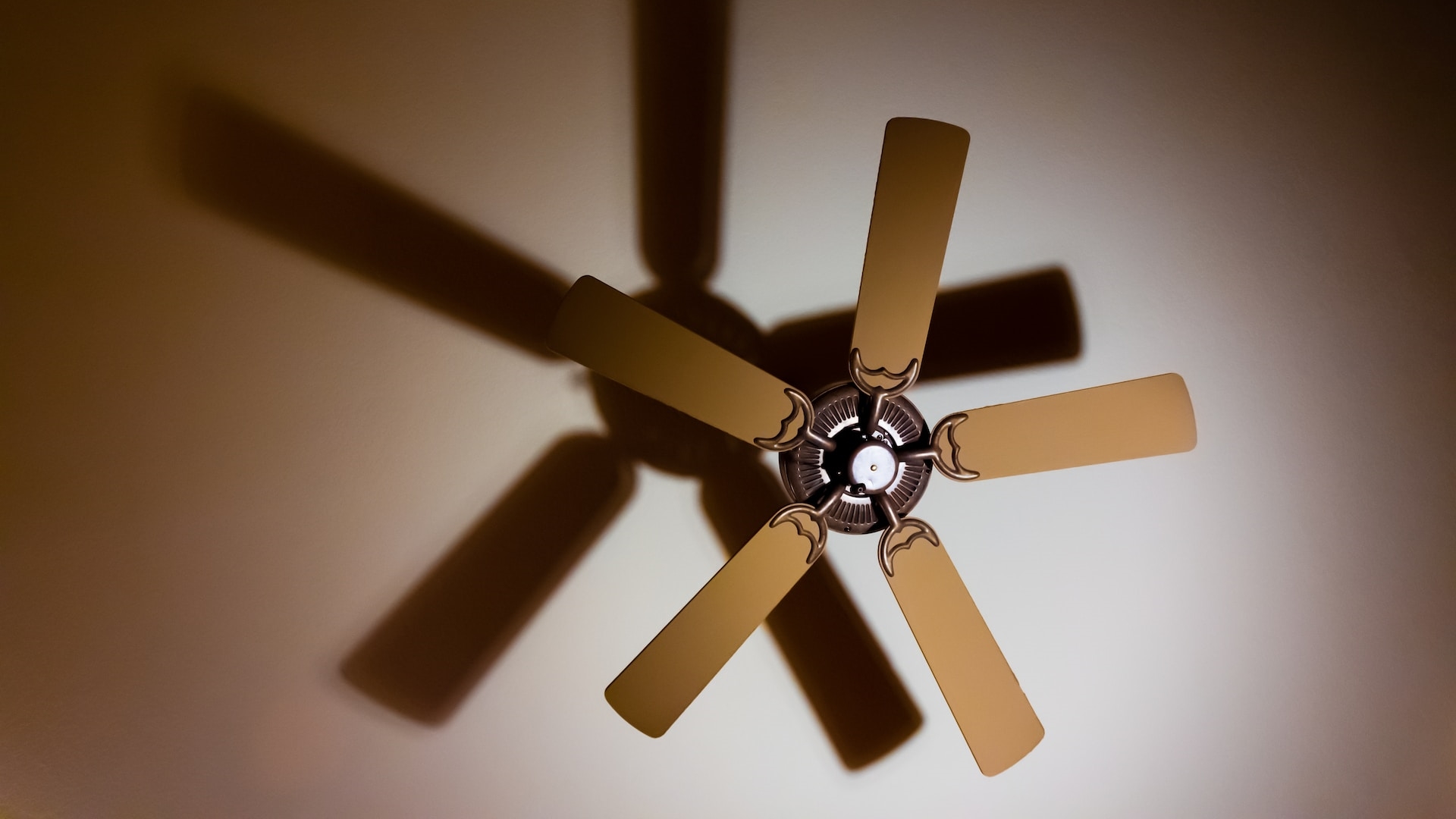At the weekend, Karabo Rakgolela, general manager of Lethabo Power Station dared to suggest that increased use of fans and airconditioning units by “affluent” South Africans had spiked demand by around 1 500MW leading to Stage 6 loadshedding.
November was marked by higher-than-normal temperatures throughout South Africa as heatwave after heatwave battered citizens leading many, ourselves included, to dust off our fans and get them circulating air.
But then, Stage 6 loadshedding made an unwelcome return.
“We had a stable grid for most of September and October, and two weeks ago, suddenly, the problems started when we started seeing the partial load losses begin to climb,” Rakgolela told The Sunday Times (paywall).
“The Sunday just before Black Friday, we had some units down, and we had started recovering them when we were hit by the incredible heatwave, and suddenly usage spiked by about 1 500MW. In a heatwave such as this recent one, you can see the usage go up as the entire affluent South Africa switches on their airconditioning and fans, and that usage stays up as long as it stays warm,” the GM added.
While Eskom made gains in October – Eskom outpaced demand on several days that month – we wonder whether Rakgolela remembers that Stage 6 was happening back in September.
Back to the more recent past however and that statement about fans and aircons being switched on leading to increased demand.
That is true, as you can see in the chart below, the black line indicates demand and it has been above the red line indicating availability since the end of October. There have been days where demand and availability are closely matched but the trend is that demand outpaces energy availability.
However, on the graph, you will also temperatures for Durban, Cape Town, Johannesburg, Polokwane and Bloemfontein and you will see that in early November, when temperatures were shooting up in most of the cities, demand and availability were matched. However, we never see the demand for energy running away and getting out of hand, which suggests that while there may be an increase in demand, it’s not stretching into 40 000MW of demand. If Eskom can’t cater for a 1 500MW spike, that problem isn’t on citizens, it’s on Eskom.
Eskom’s energy availability stays the same while South Africa’s need for electricity increases, yet demand in November was far lower than it was in September even though November was hotter. On 12th September demand peaked at 33 423MW while availability sat at 26 709MW. In comparison on Black Friday when Stage 6 returned, demand sat at 29 759MW while availability was at 27 046MW.
To put this into perspective, on 12th September there was a shortfall of 6 714MW while on 24th November the shortfall sat at 2 713MW.
With this in mind, the only conclusion we can draw is that Eskom is terrible at both predicting energy demand as well as catering to that demand. Energy use by South Africans is going to fluctuate depending on a range of things and it’s up to utilities to predict and make resources available to cater to that demand.
Surges in demand aren’t unique to South Africa. Over in England, TV pickups are a phenomenon where TV viewers collectively get up to switch on the kettle or other appliances leading to a massive surge in demand. While this is less of a problem in an era of streaming, we use it to highlight just how inept Eskom has become at the basics.
Of course, energy use will go up when it’s hotter and folks switch on fans to cool themselves. We’re sure there are primary school learners who could tell us that, but Eskom is quite clearly incapable of matching demand. It doesn’t matter if citizens lower their energy use (though for the benefit of your wallet you should) because no matter what amount we need, Eskom is going to struggle to provide it.
At this stage, we’re sure Eskom officials are just gaslighting South Africans into believing we caused this problem. At least the utility is lighting something we suppose.
[Image – Jason Anderson on Unsplash]

